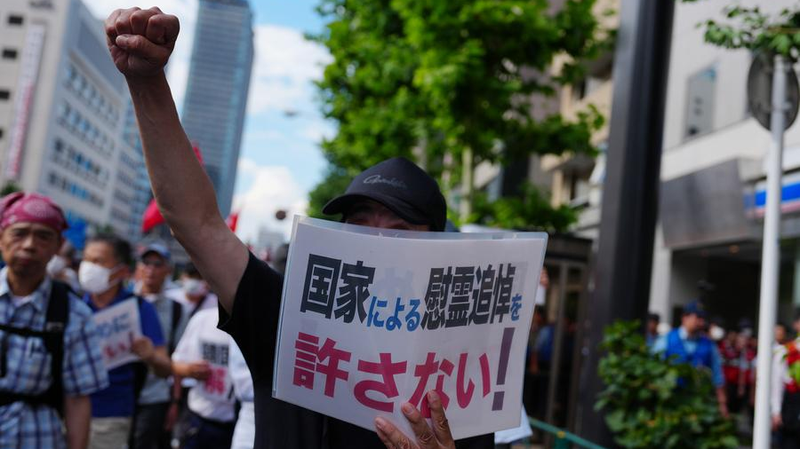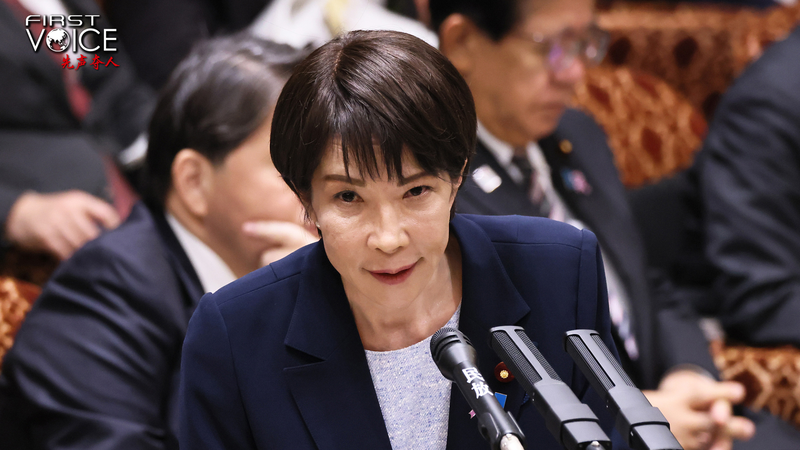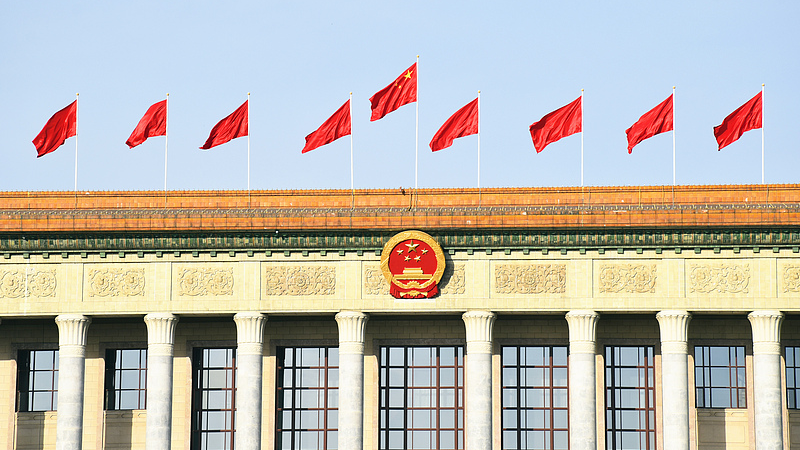Hey everyone 👋 Ever wondered how one shrine visit can shake up history and law? That’s what happened on August 15 when Japanese PM Shigeru Ishiba, along with Finance Minister Katsunobu Kato and Agriculture, Forestry and Fisheries Minister Shinjiro Koizumi, paid respects at Tokyo’s Yasukuni Shrine.
Why the fuss? Yasukuni Shrine honors over 2.5 million people who died in conflicts, including 14 Class A WWII war criminals. For many, it’s a symbol of Japan’s aggressive militarism in the early 20th century. Enshrining those convicted by the International Military Tribunal for the Far East has sparked outrage both at home and abroad.
After WWII, the Supreme Commander for the Allied Powers issued the “Shinto Directive” to end state-backed Shintoism and keep religion and politics separate. Japan’s Constitution reflects this in Article 20 (no government involvement in religion) and Article 89 (no public funds for religious institutions). By visiting Yasukuni, critics argue Ishiba may be crossing those lines ⚖️.
Back in 1969, the ruling LDP tried to put Yasukuni under state protection, but public backlash from Buddhists, Christians and others—fearing a revival of militarism—killed the bill by 1974. Fast forward to today, and the debate is still alive: Is this a constitutional overreach or just a cultural tradition?
Whether you’re a history buff, a legal eagle, or just curious about how nations confront their past, Ishiba’s visit is a reminder that symbols matter. In a region where history and politics often intersect, this story shows why young people everywhere care about the ways governments honor—or question—their legacies. 🌏
Reference(s):
Ishiba's Yasukuni Shrine tribute revives debate over militarist past
cgtn.com




